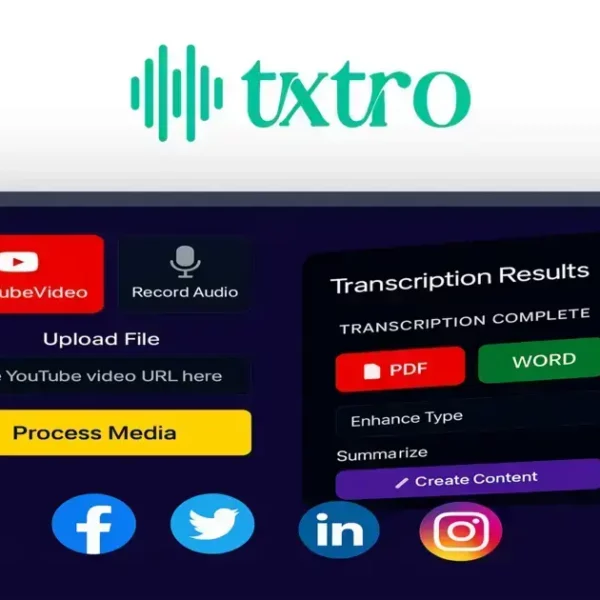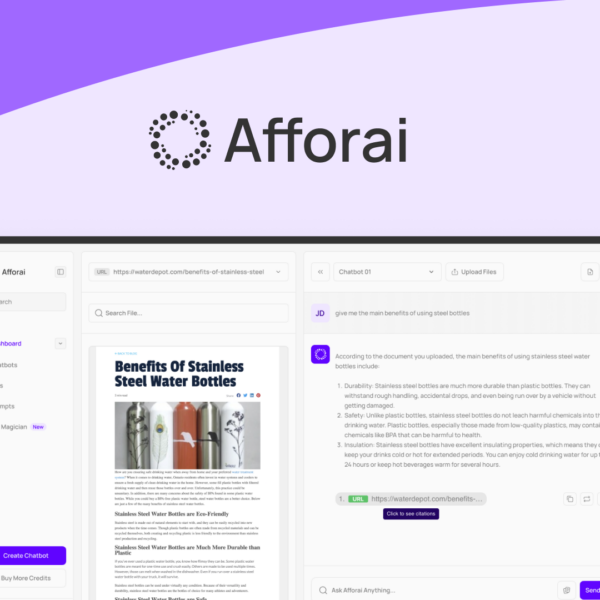Looking to improve your sales team? Implementing SEO Strategies could be the game changer. Discover actionable tips and insights!
Importance of Partnering With an SEO Company
Partnering with an SEO company can greatly enhance your online presence. It helps you stand out in a crowded market. SEO experts have the skills and tools needed to improve your website’s visibility.
What Do SEO Companies Do?
SEO companies focus on optimizing your website. They conduct keyword research and analyze your competition. This way, you can attract more visitors to your site.
Benefits of Working with SEO Professionals
By working with SEO professionals, you get access to their experience. They know the best practices that can boost your rankings on search engines.
Save Time and Resources
SEO takes time and effort. By hiring a company, you can focus on your core business. Let the experts handle the complex details of SEO.
Stay Updated with Industry Changes
The world of SEO is always changing. Search engines update their algorithms often. SEO companies keep up with these changes. They ensure your strategies remain effective.
Achieve Long-Term Results
A good SEO company focuses on long-term success. They build strategies that not only improve rankings but also keep you there. This means more consistent traffic and leads for your business.
In conclusion, partnering with an SEO company can be a smart move. It leads to better visibility, saves time, and helps you stay competitive.
10 SEO Strategies to Improve Sales

Implementing 10 SEO strategies can significantly improve your sales. These strategies help increase your website’s visibility. The more people see your site, the more potential customers you can attract.
1. Conduct Keyword Research
Start by finding the right keywords. Use tools to see what people are searching for related to your products. Target keywords that have a good search volume and low competition.
2. Optimize Your Website
Ensure your website is user-friendly. Make it easy to navigate and fast to load. A well-optimized site keeps visitors happy and encourages them to explore.
3. Create High-Quality Content
Content is king in the SEO world. Write informative blogs, guides, or reports. Use your keywords naturally in your content. This approach attracts readers and search engines alike.
4. Use On-Page SEO Techniques
On-page SEO is about optimizing your pages. This includes using the right headings, tags, and descriptions. Don’t forget to optimize images with alt text that describes what they show.
5. Build Quality Backlinks
Backlinks are links from other sites to yours. They help boost your site’s authority. Try to get links from reputable sites to improve your rankings.
6. Leverage Social Media
Share your content on social media. Social platforms can drive traffic to your site. Engage with your audience to build a community around your brand.
7. Monitor Your Analytics
Use tools like Google Analytics to track your visitors. Monitor which strategies are working. Adjust your approach based on the data you collect.
8. Focus on Local SEO
If you have a local business, optimize for local searches. List your business on Google My Business. Encourage happy customers to leave positive reviews.
9. Improve Mobile Optimization
Make sure your website looks good on mobile devices. More people use their phones to browse the internet. A mobile-friendly site can lead to more sales.
10. Keep Learning and Adapting
The world of SEO is always changing. Stay updated with the latest trends. Join communities or forums to share knowledge and learn from others.
Refine Lead Generation with AI Tools
Refining lead generation with AI tools can make a big difference. These tools help you find the right people to target. They save time by automating parts of your process.
How AI Tools Work
AI tools analyze data quickly. They look at customer behavior, interests, and trends. This means you can focus on leads that are more likely to convert.
Personalized Marketing
With AI, you can create personalized marketing campaigns. AI helps tailor messages to specific audiences. Personalization increases engagement and response rates.
Chatbots for Immediate Interaction
Chatbots are useful for lead generation. They can answer questions and guide visitors at any time. This quick response can help capture potential leads.
Lead Scoring Made Easy
AI tools can rank leads based on their behaviors. This process is called lead scoring. It helps you prioritize which leads to follow up first.
Improved Analytics and Insights
AI provides deeper insights into your leads. You can see which strategies work best. Use this data to refine your approach and increase conversions.
Cost Efficiency
Using AI can cut down on costs in the long run. Automated processes save time and reduce the need for large teams. This allows your staff to focus on high-value tasks.
Case Studies and Success Stories
Many businesses have seen success using AI for lead generation. They report higher conversion rates and more efficient processes. Look for case studies that highlight these successes for inspiration.
Optimize for Mobile-First Indexing

Optimizing for mobile-first indexing is crucial today. This means search engines look at your mobile site first. If your site isn’t mobile-friendly, you might lose traffic.
What is Mobile-First Indexing?
Mobile-first indexing means Google uses the mobile version of your site for ranking. It’s important to ensure that this version has all your content and features.
Key Steps to Optimize Your Site
Start by checking your site on mobile devices. See how it looks and functions. Make necessary adjustments to improve user experience.
Responsive Design is Essential
A responsive design adapts to any screen size. This means your site will look good on phones and tablets. Google prefers responsive designs.
Loading Speed Matters
Fast loading times are vital for mobile users. If your site takes too long to load, visitors may leave. Use tools like Google PageSpeed Insights to check your speed.
Optimize Images for Mobile
Images should be optimized for mobile devices. This helps pages load faster. Use compressed image files to improve loading speed.
Check Your Content
Make sure that all content is accessible on mobile. This includes text, images, and videos. Avoid using Flash, which doesn’t work on many mobile devices.
Use Clear Call-to-Actions
Make sure buttons and links are easy to tap. Use larger fonts and spacing to enhance usability. This ensures that users can navigate your site easily.
Implement Structured Data for Better Performance
Implementing structured data can boost your website’s performance. It helps search engines understand your content better. This can lead to higher visibility in search results.
What is Structured Data?
Structured data is a way to organize information on your site. It uses a specific format to describe your content. Common formats include Schema.org markup.
Benefits of Using Structured Data
With structured data, your site can display rich snippets. These are enhanced search results that can attract more clicks. Rich snippets often include images, ratings, or prices.
How to Implement Structured Data
Start by identifying the type of content you have. This can be articles, products, or events. Then, choose the appropriate Schema markup for your content type.
Using a Structured Data Markup Helper
Google provides tools to help you add structured data. The Structured Data Markup Helper is user-friendly. It guides you through the process step by step.
Testing Your Structured Data
After implementing structured data, test it with Google’s Rich Results Test. This tool checks if your markup is error-free. It also shows you how your site might appear in search results.
Regular Updates are Important
Keep your structured data updated. If your content changes, so should your markup. Regular maintenance ensures that your site stays accurate and relevant.
Utilize Content Clusters to Dominate

Utilizing content clusters can help your website rank better. This strategy organizes related content around a central topic. It makes it easier for search engines to understand your site.
What are Content Clusters?
Content clusters consist of a main topic and related articles. The main topic is called a pillar page. Cluster content links back to this pillar page.
Benefits of Content Clusters
One big benefit is improved SEO. Clusters show search engines that you’re an expert in a topic. This can lead to higher rankings and more traffic.
Building Your Content Clusters
Start by choosing a main topic that’s relevant to your audience. Then, create related articles that dive deeper into specific subtopics. Each article should link back to the pillar page.
Writing Quality Content
Make sure each piece of content is high-quality and valuable. Use clear, simple language, and break up text with headings and images. This keeps readers engaged.
Internal Linking Strategy
Use internal links wisely. Link from cluster articles to the pillar page and vice versa. This helps users navigate your site and improves SEO.
Monitor and Update Your Content
Regularly check your content clusters for relevance. Update your articles as needed to keep them fresh. This helps maintain your authority in your niche.
Employ Advanced Analytics for Insight
Employing advanced analytics can provide valuable insights for your business. These tools help you understand customer behavior and market trends. This knowledge can drive better decision-making.
What is Advanced Analytics?
Advanced analytics refers to complex techniques like predictive modeling and data mining. These methods analyze data to predict future outcomes. They go beyond simple reporting.
Benefits of Using Advanced Analytics
One major benefit is improved customer targeting. By understanding your audience, you can create tailored marketing strategies. This leads to higher conversion rates.
Gathering the Right Data
Start by collecting relevant data from various sources. This can include website traffic, social media interactions, or sales records. More data leads to better insights.
Utilizing Data Visualization
Data visualization tools help present your findings clearly. Charts, graphs, and dashboards make complex data easier to understand. This helps your team quickly grasp important information.
Making Data-Driven Decisions
Use insights gained from analytics to make informed choices. Avoid relying on gut feelings alone. Data-driven decisions can help you optimize campaigns and strategies.
Regularly Review and Adjust
Analytics isn’t a one-time task. Regularly review your data to track progress. Adjust your strategies based on what the data reveals.




